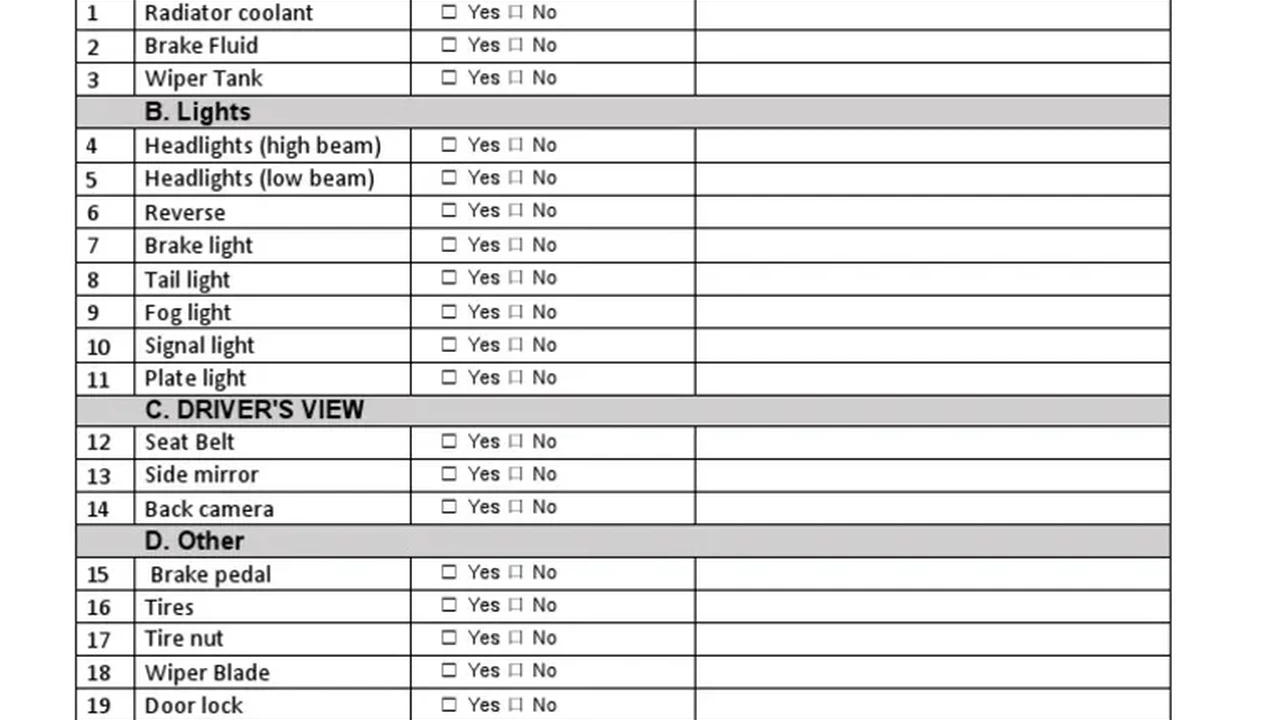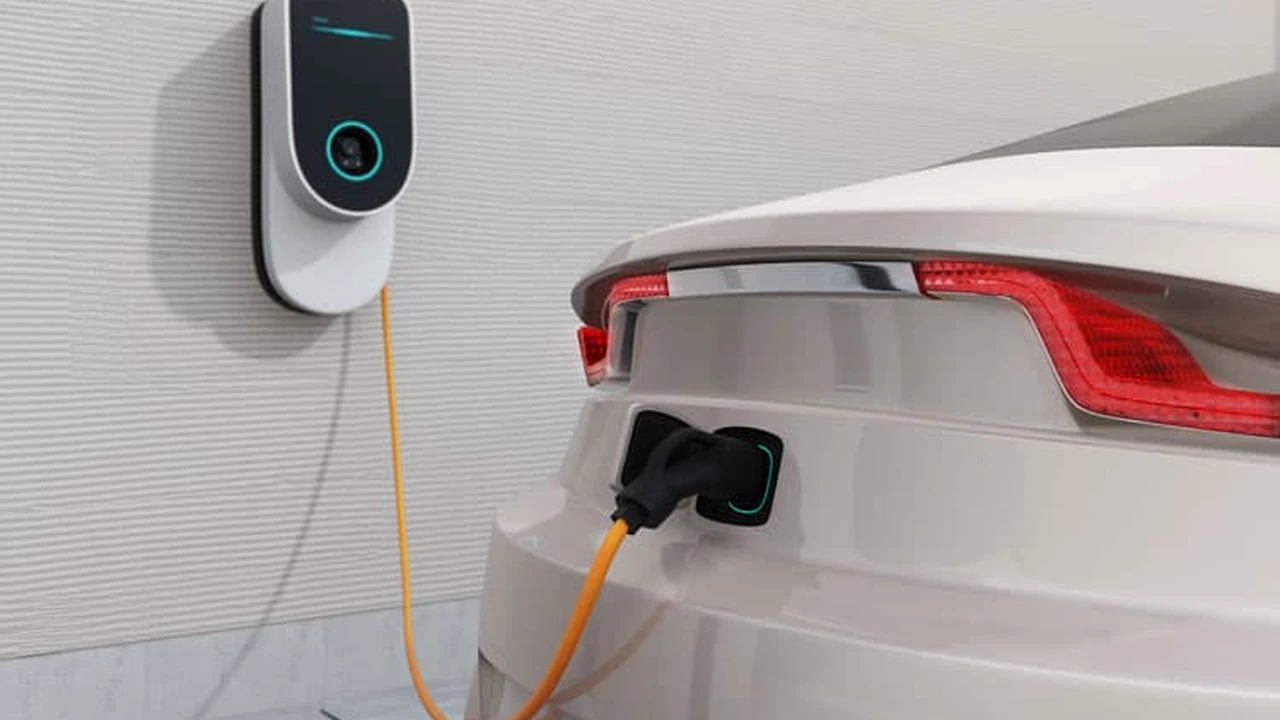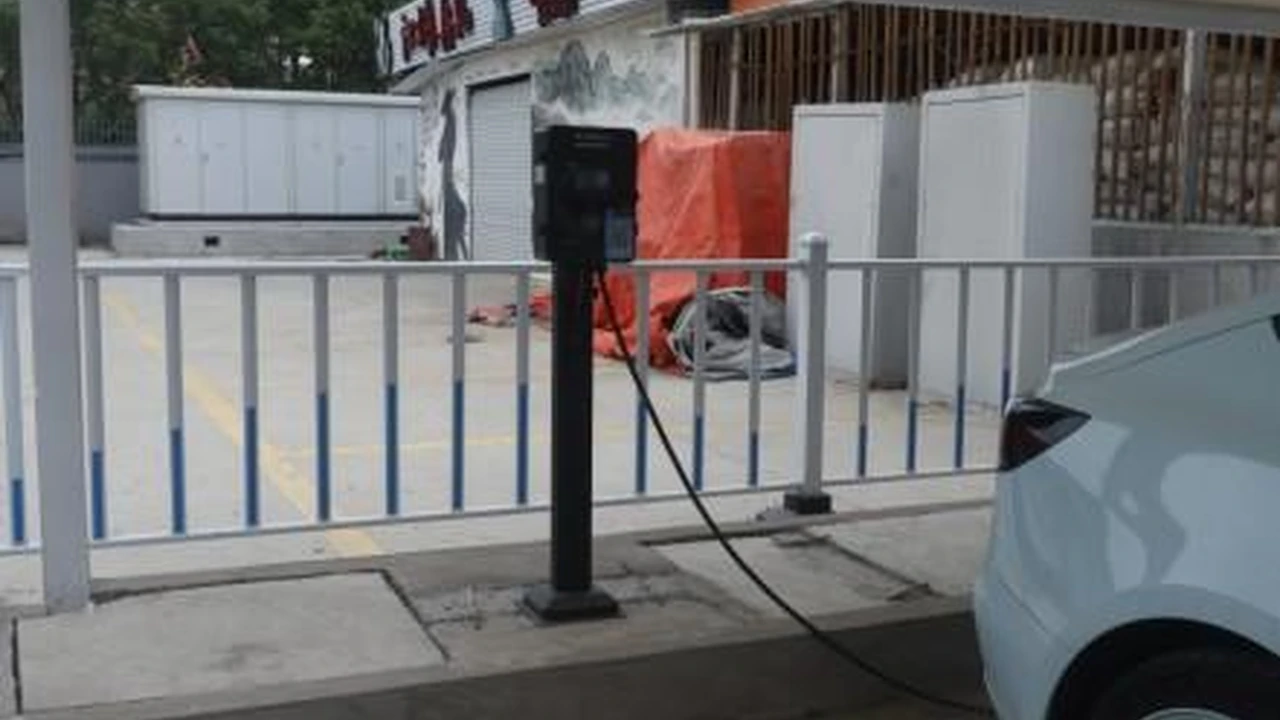EV Charger Maintenance: Keeping Your Charger in Top Condition
Protect your EV charger from power surges with a surge protector. Learn about the importance of surge protection for your charging equipment. Discover the best surge protectors for EV chargers and safeguard your investment.

Why EV Charger Maintenance Matters
Okay, so you've invested in a sweet Level 2 charger for your EV, maybe even a fancy smart one. You’re plugging in every night, juicing up your ride, and saving a ton on gas. But, just like any other piece of equipment, your EV charger needs a little TLC to keep it running smoothly and safely. Ignoring maintenance can lead to reduced charging efficiency, increased risk of electrical issues, and ultimately, a shorter lifespan for your charger. Think of it like your car – you wouldn't skip oil changes, right? The same principle applies here.
Essential Cleaning Tips for Your EV Charger
First things first, let's talk cleaning. Dust, dirt, and grime can accumulate on your charger, especially if it's installed outdoors. This build-up can affect its performance and even cause overheating. Here's a simple cleaning routine:
- Power Down: Before you do anything, disconnect the charger from the power source. Safety first!
- Wipe Down: Use a soft, damp cloth to wipe down the charger casing and the charging cable. Avoid using harsh chemicals or abrasive cleaners, as these can damage the finish.
- Connector Care: Pay special attention to the charging connector. Use a dry cloth to clean the pins and remove any debris. You can also use a specialized contact cleaner for electronics if needed.
- Inspect the Cable: Check the charging cable for any signs of damage, such as cracks, cuts, or fraying. If you spot any damage, stop using the charger immediately and contact a qualified electrician for repair or replacement.
Regular Inspection Checklist for EV Chargers
Cleaning is great, but a thorough inspection is even better. Here's what you should be looking for during your regular check-ups:
- Physical Damage: Look for any cracks, dents, or other signs of physical damage to the charger casing or cable.
- Loose Connections: Check the connections between the charger and the power source, as well as the connections between the charger and the charging cable. Make sure everything is securely tightened.
- Wiring Issues: Inspect the wiring for any signs of damage, such as exposed wires or loose connections. If you're not comfortable working with electrical wiring, it's best to call a qualified electrician.
- Overheating: After a charging session, check the charger for any signs of overheating. If the charger is excessively hot to the touch, there may be an underlying issue that needs to be addressed.
- Error Codes: Pay attention to any error codes or warning lights displayed on the charger. Consult the charger's manual for troubleshooting information.
Troubleshooting Common EV Charger Problems
Even with regular maintenance, problems can still arise. Here are some common issues and how to troubleshoot them:
- Charger Not Charging:
- Check the power source: Make sure the outlet or circuit breaker is working.
- Check the charging cable: Make sure the cable is properly connected to both the charger and the vehicle.
- Check the vehicle: Make sure the vehicle is properly configured for charging.
- Consult the charger's manual: Look for troubleshooting information specific to your charger model.
- Slow Charging:
- Check the charging level: Make sure you're using the appropriate charging level for your vehicle and charging needs.
- Check the power source: Make sure the outlet or circuit breaker is providing sufficient power.
- Check the charging cable: Make sure the cable is not damaged or degraded.
- Check the vehicle: Some EVs limit charging speed under certain conditions (e.g., very hot or cold weather).
- Error Codes:
- Consult the charger's manual: Look up the error code and follow the troubleshooting steps.
- Contact the charger manufacturer: If you can't resolve the issue yourself, contact the manufacturer for assistance.
Extending the Lifespan of Your EV Charger
By following these maintenance tips, you can significantly extend the lifespan of your EV charger and ensure reliable performance for years to come. Here are a few additional tips to keep in mind:
- Proper Installation: Make sure your charger is installed correctly by a qualified electrician.
- Weather Protection: If your charger is installed outdoors, consider using a weatherproof enclosure to protect it from the elements.
- Avoid Overloading: Don't overload the circuit by plugging in other high-power appliances at the same time as your charger.
- Store Properly: When not in use, store the charging cable properly to prevent damage.
Recommended EV Charger Maintenance Products
To help you keep your EV charger in top condition, here are a few recommended products:
- Contact Cleaner: A specialized contact cleaner, such as CRC Electronic Cleaner, can help remove dirt and corrosion from the charging connector pins. You can find this at most hardware stores or online for around $10-$15. Use case: Spray a small amount on a clean cloth and gently wipe the connector pins.
- Soft Cloths: Microfiber cloths are ideal for cleaning the charger casing and cable without scratching the surface. A pack of these can be found for $5-$10. Use case: Dampen with water and wipe down the charger.
- Weatherproof Enclosure: If your charger is installed outdoors, a weatherproof enclosure, like the ones offered by ChargePoint or JuiceBox, can protect it from the elements. These enclosures can range in price from $100 to $300, depending on the size and features. Use case: Install the charger inside the enclosure for protection.
- Cable Organizer: A cable organizer, such as a wall-mounted reel or a simple cable clip, can help keep your charging cable neat and tidy. These organizers can be found for $10-$20. Use case: Wrap the cable around the reel when not in use.
- Surge Protector: While we mentioned this in the meta description and title, it's worth reiterating. A good surge protector is crucial. Consider the Siemens FS140 Whole House Surge Protector (around $100) or a dedicated EV charger surge protector like the Leviton 51120-1 (around $50). Use case: Install at the breaker panel or directly at the outlet powering the charger.
Comparing EV Charger Maintenance Products
Let's delve a little deeper into comparing some of these maintenance products. For contact cleaners, you have options ranging from general-purpose electrical contact cleaners to more specialized ones designed for automotive applications. CRC Electronic Cleaner is a good all-around choice, but for more stubborn corrosion, consider a cleaner with a stronger solvent. However, always test the cleaner on an inconspicuous area first to ensure it doesn't damage the plastic. Price: $10-$20.
For weatherproof enclosures, the key considerations are size, material, and ease of installation. Cheaper enclosures might be made of plastic and offer basic protection, while more expensive ones will be made of metal and feature locking mechanisms and ventilation. Consider the climate in your area when choosing an enclosure. If you live in a very hot or cold climate, you'll want an enclosure that provides good insulation. Price: $100-$300.
Cable organizers are a matter of personal preference. Wall-mounted reels are convenient for retracting the cable when not in use, but they can be bulky. Simple cable clips are a more affordable and space-saving option, but they require you to manually coil the cable. Consider how much space you have and how often you use your charger when choosing a cable organizer. Price: $10-$30.
Finally, surge protectors. Don't skimp on this! A whole-house surge protector offers the best protection, but it requires professional installation. A dedicated EV charger surge protector is a more affordable and easier-to-install option, but it only protects the charger itself. Make sure the surge protector is rated for the voltage and amperage of your charger. Price: $50-$150.
Real-World Scenarios for EV Charger Maintenance
Let’s paint a few pictures of how this plays out in real life.
Scenario 1: The Coastal Dweller. You live near the ocean. Salt air is *brutal* on electronics. Regularly cleaning the connector pins with contact cleaner is absolutely essential to prevent corrosion. An outdoor-rated enclosure is also a must, and you'll want to inspect it frequently for any signs of rust or degradation.
Scenario 2: The Suburban Family. Your charger is in the garage, but the kids are constantly tracking in dirt and leaves. A good set of floor mats and a regular cleaning schedule will help keep the charger clean. A cable organizer will also prevent the cable from becoming a tripping hazard.
Scenario 3: The Apartment Resident. You rely on public charging stations. While you can't control the maintenance of the charging station itself, you can carry a small contact cleaner and a microfiber cloth to clean the connector before each use. This will help ensure a good connection and prevent any charging issues.
Scenario 4: The Frequent Traveler. You use portable chargers often. Store the charger in a protective case to prevent damage during transport. Regularly inspect the cable for any signs of wear and tear. Consider a portable surge protector for added safety when charging in unfamiliar locations.
By taking a proactive approach to EV charger maintenance, you can ensure that your charger remains in top condition and provides reliable charging for years to come. It's a small investment of time and effort that can save you money and headaches in the long run. So, grab your cleaning supplies, inspect your charger, and keep those electrons flowing!
:max_bytes(150000):strip_icc()/277019-baked-pork-chops-with-cream-of-mushroom-soup-DDMFS-beauty-4x3-BG-7505-5762b731cf30447d9cbbbbbf387beafa.jpg)






